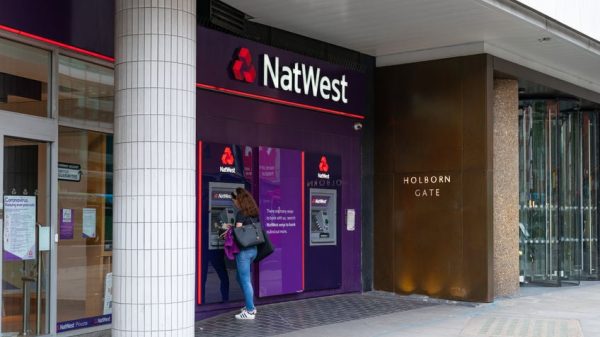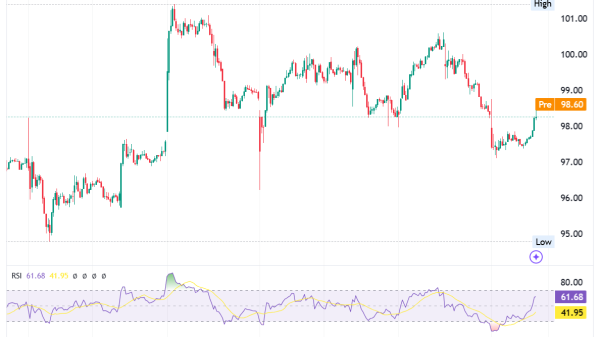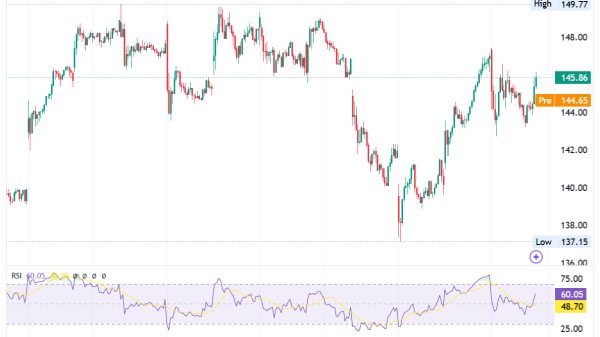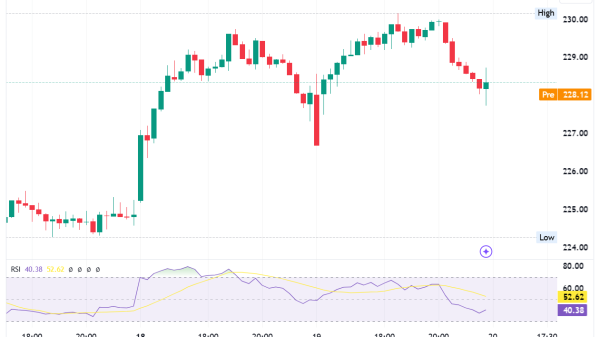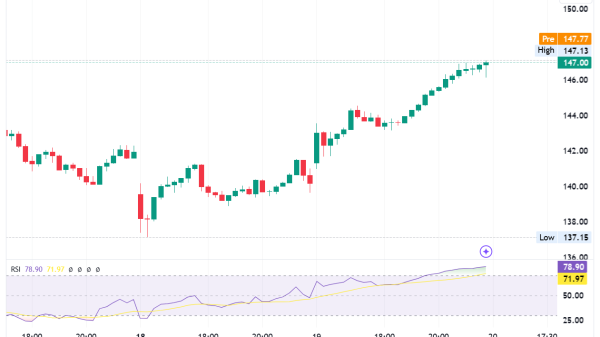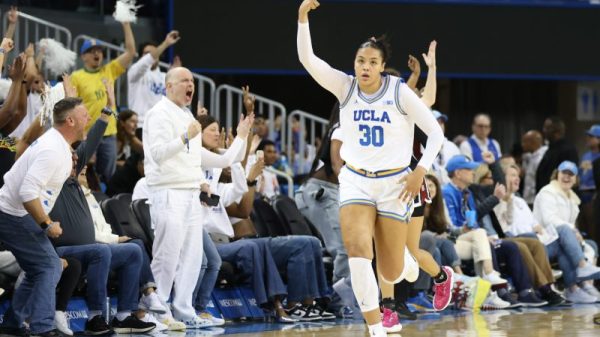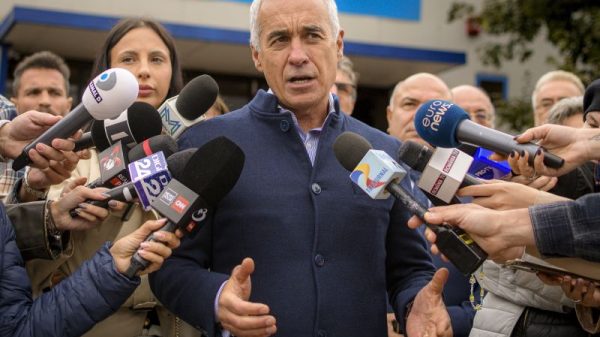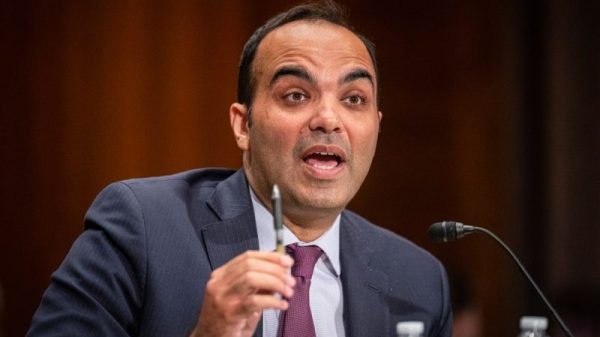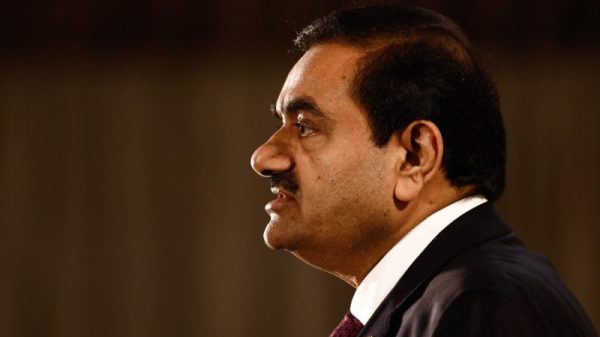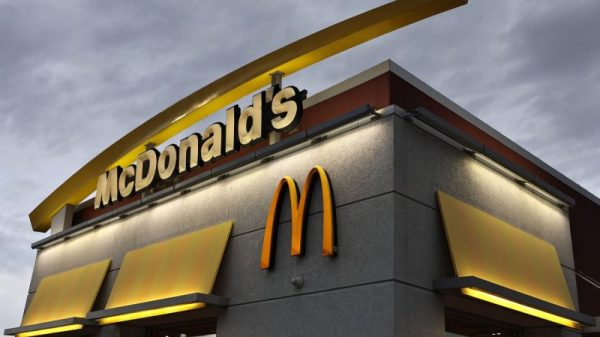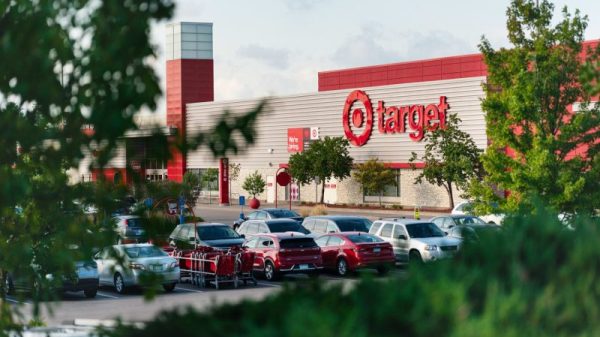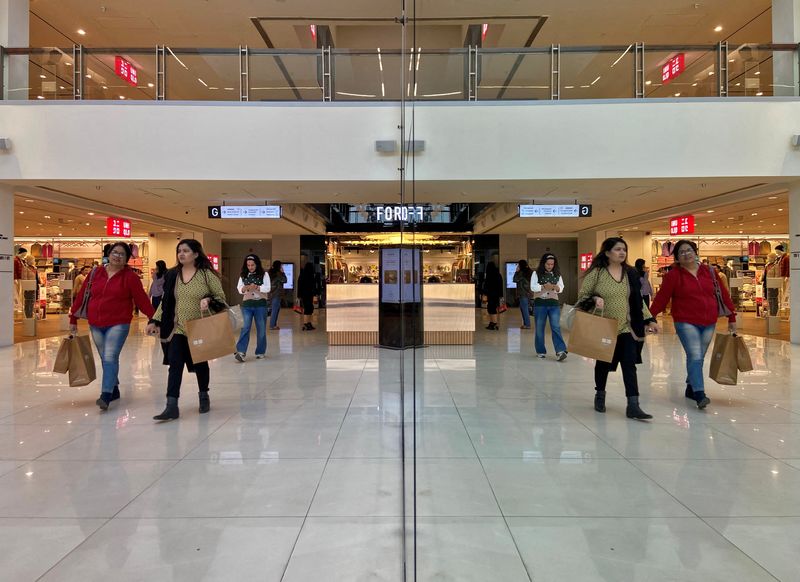
By Praveen Paramasivam and Shivangi Acharya
CHENNAI/NEW DELHI – India’s city dwellers are cutting spending on everything from cookies to fast food as persistently high inflation squeezes middle class budgets, threatening the country’s brisk economic growth.
Slowing urban spending over the past three to four months has not only hurt the earnings of largest consumer goods firms, it has raised questions about the structural nature of India’s long-term economic success.
Since the end of the pandemic, India’s economic growth has been driven in large part by urban consumption, however, that now seems to be changing.
“There is a top end – the people with money are spending like that is going out of style,” Nestle (NS:NEST) India Chairman Suresh Narayanan said.
“There used to be a middle segment, which used to be the segment that most of us fast moving consumer goods (FMCG) firms used to operate in, which is the middle class of the country, that seems to be shrinking.”
Nestle India, which makes Kit Kats and other well-known goods, reported its first quarterly revenue drop since the COVID-hit June quarter in 2020.
While there is no officially defined income bracket for Indian middle class households, they are broadly estimated to account for a third of India’s 1.4 billion people.
They are considered a key demographic both economically and politically, with middle class frustration seen as a significant factor behind Prime Minister Narendra Modi’s weaker election performance this year.
Asia’s third-largest economy is expected to expand 7.2% in the financial year ending March 2025, the fastest among its major peers.
Belying those rosy projections, however, are signs of a sharp slowdown in the household sector.
Indian urban consumption hit a two-year low this month, according to an index published by Citibank that captures indicators such as airline bookings, fuel sales and wages.
“While some of the fall could be temporary, the key macro drivers remain unfavourable,” Citi’s chief India economist Samiran Chakraborty said.
Growth in inflation-adjusted wage costs for listed Indian firms – a proxy for earnings of urban Indians – has remained below 2% for all the three quarters of 2024, well below the 10-year average of 4.4%, data from Citi showed.
Chakraborty cites this as a key factor impacting urban consumption, along with declining savings and tighter rules for personal loans.
Headline inflation has averaged 5% over the past 12 months, but food inflation has held above 8% as weather shocks elevated prices of vegetables, cereals and other essential foods. In October, retail inflation hit a 14-month high of 6.2% while food prices jumped to 10.9%.
Anecdotal data suggests retail sales rose close to 15% year-on-year during the 2024 festive season, which runs from August to November, Nomura said in a note last week, about half last year’s pace.
“During this festival season, we have not spent at all,” said Rajwanti Dahiya, 60, who survives on her husband’s monthly pension of 30,000 Indian rupees ($356.76).
“Savings are low, barely there.”
A ‘SHRINKING’ MIDDLE
India’s central bank expects 7.2% GDP growth for the fiscal year ending March 2025 on the back of improved rural demand and a strong services sector.
Higher government investment could also support demand, said Rahul Bajoria, head of India and ASEAN economic research at Bank of America.
“If government spending kicks in, that probably does have some multiplier effects on private consumption spending as well,” said Bajoria, who expects GDP growth at 6.8% in the current financial year.
Some are less optimistic with Citi and IDFC First Bank (NASDAQ:FRBA) economists expecting GDP growth in the July-September quarter to miss the central bank’s projected 7%, weighed by slower urban consumption.
That pessimism has hit consumer stocks with the Nifty FMCG index declining 13% since Oct. 1, compared with a 7.4% drop in the benchmark Nifty 50.
Of the FMCG index’s 15 constituent firms, only one reported a pickup in sales volume growth in the September quarter.
Consumers in large cities are swapping branded items from hair oil to tea for cheaper unbranded alternatives, reflected in the first sales volume decline in 11 quarters for the foods and refreshment group at Hindustan Unilever (NS:HLL).
“We see the growth in big city standing down, although in smaller cities and in rural the growth continues to be good,” Hindustan Unilever (LON:ULVR) chief executive Rohit Jawa said last month, after reporting lower than expected earnings.
Consumers are also cutting back on dining out.
Fast-food chains such as McDonald’s (NYSE:MCD), Burger King, Pizza Hut and KFC posted same-store sales declines, earnings showed.
While people are still coming, they are choosing cheaper meals, Rajeev Varman, CEO at Burger King operator Restaurant Brands (NYSE:QSR) Asia said after posting a 3% drop in quarterly same-store sales.
“We prefer budget-friendly stores that give good deals and discounts to manage our monthly expenditure,” said 37-year old Avinash Crasto, a Mumbai marketing and sales executive who has a family of four and identifies as middle class.
($1 = 84.0640 Indian rupees)



